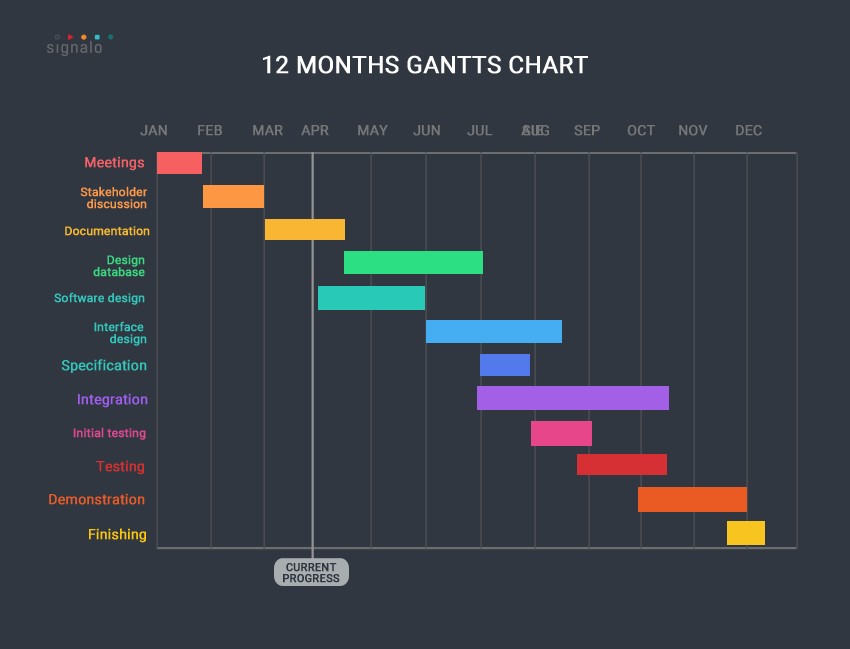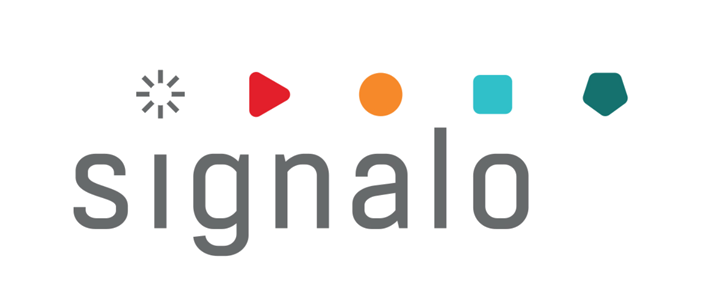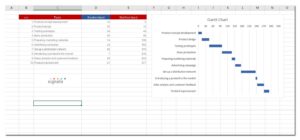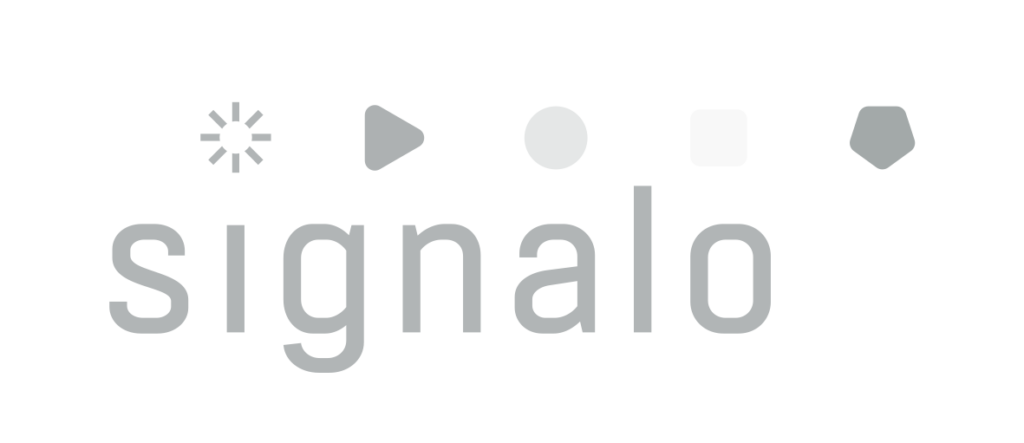The Gantt chart is one of the most popular tools in project management. It is a graphical tool that allows for displaying the project schedule in a calendar format. It is used for planning, supervising, and monitoring the progress of work.
What does a Gantt chart look like?
A Gantt chart consists of two axes – a vertical axis and a horizontal axis. The vertical axis contains tasks or project stages, while the horizontal axis represents dates. Each task is represented by a bar, the length of which indicates the duration of that particular stage. The bars are placed in the appropriate positions on the horizontal axis, depending on the start and end dates of the task execution.

Characteristics of a chart
In a Gantt chart, dependencies between individual stages can also be taken into account. For example, if the completion of one task depends on the completion of another task, this can be indicated on the chart.
Gantt chart elements
- Task labels – each task has its name, which is placed on the vertical axis. Task labels often include task numbers or other additional information.
- Task bars – the length of the bar indicates the duration of a specific stage, and its position on the horizontal axis shows the dates when the task is performed. The bars can be of different colors or marked with special symbols to enhance the readability of the chart.
- Additionally, the chart can also include information about task dependencies. For example, arrows can indicate that the start of one task depends on the completion of another task.
What is this used for?
The Gantt chart is not only useful for planning and monitoring projects, but also for team communication. With this tool, all team members have a clear picture of the project schedule and can easily see how their work fits into the overall plan.
The history of the Gantt chart
The Gantt chart was proposed and developed by Henry Laurence Gantt in the first decade of the 20th century. Gantt was an American mechanical engineer and project management consultant. Initially, he used his visual tools for planning and monitoring work in the shipbuilding industry.
How did it start?
His first works in the field of project charts began in 1910 when he received a commission from Bethlehem Steel Company to design ships. Gantt needed a tool that would allow him to easily present a work schedule and identify dependencies between individual tasks. As a result, the so-called “Gantt chart” was created.
Development of the tool
- The first Gantt charts were manually drawn on large pieces of paper. They were simple diagrams depicting a timeline along the horizontal axis and a list of tasks and their durations along the vertical axis. Tasks were marked on the chart using rectangles, with their length representing the duration of the task.
- In the following years, the Gantt chart evolved and gained popularity. In 1917, Gantt published his work titled “Principles of Scientific Management,” in which he extensively described the creation and utilization of Gantt charts in project management. This publication contributed to the development of project management methodologies and the widespread use of Gantt charts in various industries.
- With the advancement of technology, Gantt charts started being created using computerized project management software. They took on an electronic form, allowing for the automation of the planning, monitoring, and reporting processes. As a result, Gantt charts have become even more efficient tools for project management.
Gantt chart – Applications
Gantt chart is a popular project management tool that is used in various industries and fields. It allows for visualizing the project schedule in a simple and clear way. Below are a few examples of Gantt chart applications.
IT
In the IT industry, it helps in planning and executing software development projects. It is also a valuable tool in managing construction projects, where it enables tracking the progress of work and coordinating activities between different teams.
LOGISTICS
It is also used in logistics projects, which aid in planning deliveries and transportation of goods.
MARKETING
In this field, Gantt chart is often used for planning and monitoring marketing activities such as advertising campaigns, product launches, and organizing events. It allows for better coordination of marketing activities and estimation of the duration of each project phase.
Examples of applications
- An example of using a Gantt chart could be the construction of a new company headquarters. The chart will be able to present the various stages of the project, such as building design, obtaining construction permits, foundation construction, installation assembly, and interior finishing. By utilizing a Gantt chart, it will be possible to see which tasks will be carried out simultaneously, how long each stage will take, and what dependencies exist between them.
- Another example is conference organization. A Gantt chart can be used to outline individual tasks, such as selecting a location, planning the agenda, inviting speakers, and preparing promotional materials, among others. This will allow organizers to have a comprehensive view of the entire organizational process, track progress, and easily identify any potential delays.
Applications of Gantt Chart in Production
Production planning
It allows for a graphical representation of the successive stages of the production process and determination of the schedule and deadlines for completing individual tasks. This enables managers and production staff to easily monitor progress and adjust the schedule if necessary.
Progress monitoring
By placing the start and end dates of each task on a chart, it is easy to check if the work is in line with the schedule. The Gantt chart also allows for monitoring resource availability and making necessary changes in case of delays or issues.
Task management
Thanks to a graphical representation of the schedule, managers can assign appropriate tasks to employees and determine deadlines for their completion. This way, it is easy to monitor work progress and identify any obstacles or delays.
Coordination of activities
In case of more complex production projects, a Gantt chart can be used to coordinate the activities of various groups of workers. Based on the chart, one can determine which tasks are related to each other and what dependencies exist between them. This can help in scheduling individual tasks and planning collaboration between different departments or subcontractors.
Benefits of using a Gantt chart
A Gantt chart is a tool that provides many benefits and possibilities in project management. Here are the main advantages that can be achieved through its use:
Transparency and ease of interpretation
The chart provides a clear visualization of the project schedule, which is easy to understand for both team members and clients, as well as other stakeholders. As a result, everyone has a clear picture of the project stages and their respective timelines.
Planning and scheduling
It helps in planning and scheduling project tasks. It allows to identify which tasks are crucial for achieving the project goal, as well as determines the order of their implementation and estimated time needed for each of them. This facilitates time and resource management and minimizes the risk of delays.
Coordination and task delegation
It allows assigning tasks to specific team members and setting deadlines for completion. This ensures that everyone knows what they need to do and when. This is particularly important in larger projects, where coordinating the actions of different individuals is crucial for success.
Progress monitoring
The Gantt chart enables visual tracking of project progress. It allows for a quick check if tasks are being carried out according to plan and if there are no delays. Thanks to this, project managers can quickly respond to any issues and take appropriate corrective actions.
Internal and external communication
It can be used both to inform team members about deadlines and priorities, as well as to provide clients and other stakeholders with information about project progress. This ensures that everyone has clear and up-to-date information about project implementation.
Who uses a Gantt chart?
The Gantt chart is a tool that finds application in various fields and industries. Presenting a group of people and professionals who use this tool helps to understand its universality and significance.
Project Managers
Project managers in the United States benefit greatly from using a Gantt chart. This tool allows them to effectively plan, track project progress, and correctly allocate tasks over time. With the Gantt chart, project managers can clearly present the project schedule, assign tasks to the appropriate teams, and easily identify any delays or scheduling conflicts.
Project teams
The Gantt chart is also extremely helpful for members of the project team. It allows them to better understand the project structure, establish priorities, and track progress. As a result, the team knows what tasks are to be completed at a given time and what deadlines are associated with them. The Gantt chart also facilitates communication among team members, which translates into efficiency and effectiveness in carrying out activities.
Management and board of directors
People at higher levels of management also use charts. It allows them to easily monitor project progress, control deadlines, and make decisions based on current data. As a result, management can effectively manage resources, plan strategic actions, and adjust project schedules to current organizational needs.
Consulting firms
Companies specializing in advising and consulting also use charts in their work. This tool allows them to clearly present project schedules to clients, establish the sequence of actions, and visualize progress. The Gantt chart helps build trust and a professional approach to projects being implemented.
Entrepreneurs and small business owners
It is also a useful tool for small business owners who manage their own projects. It allows them to clearly plan activities, control deadlines, and effectively monitor progress. As a result, entrepreneurs are able to efficiently manage their time and resources, which translates into achieved results.
IT support from Signalo
Are you interested in ensuring smooth communication between departments and individuals in the company, automatic creation of machine schedules, or streamlining processes?
- We have the appropriate IT tools that will ensure this for you.
- We invite you to a free consultation to discuss your individual needs and build a plan to optimize your business through innovation.
Gantt chart Excel template
Especially for you, we have designed a Gantt chart template in Excel. Download it for free and use it however you like. Good luck!
Values
Discover the benefits of collaboration
We offer a free consultation as the first step of collaboration, allowing you to familiarize yourself with our approach and verify our advisory competencies. This way, even before making a decision, you’ll feel that your situation and problem have been well understood, and the proposed solution will be optimally tailored to your company’s situation.
Our services (support) are included in a subscription, which does not generate hidden costs. The subscription-based billing allows for a significant reduction in the entry threshold into the system and enables immediate testing.
We are communicationally independent – we can develop our system without depending on the client’s IT department. We do not generate additional work for the client’s IT department. This way, we lower the implementation risk and associated costs. The possibility of quicker implementation of the solution results in faster return on investment.
Login to our applications is secured at a high level, characteristic of banking solutions. At the same time, the login process is intuitive. Your data is as secure as in a bank thanks to our system.
We offer multilingualism in our solutions through real-time translation—each employee operates applications in their native language. This enhances efficiency and reduces costs by expanding the potential labor market and eliminating the need to hire translators.
Our software features an interface optimized for quick, easy, and intuitive use, even by digitally excluded or poorly skilled employees. This means real-time savings in both time and training costs for your workforce in using the new software. The ability for rapid deployment of software for use results in a shorter transition/implementation period.

















